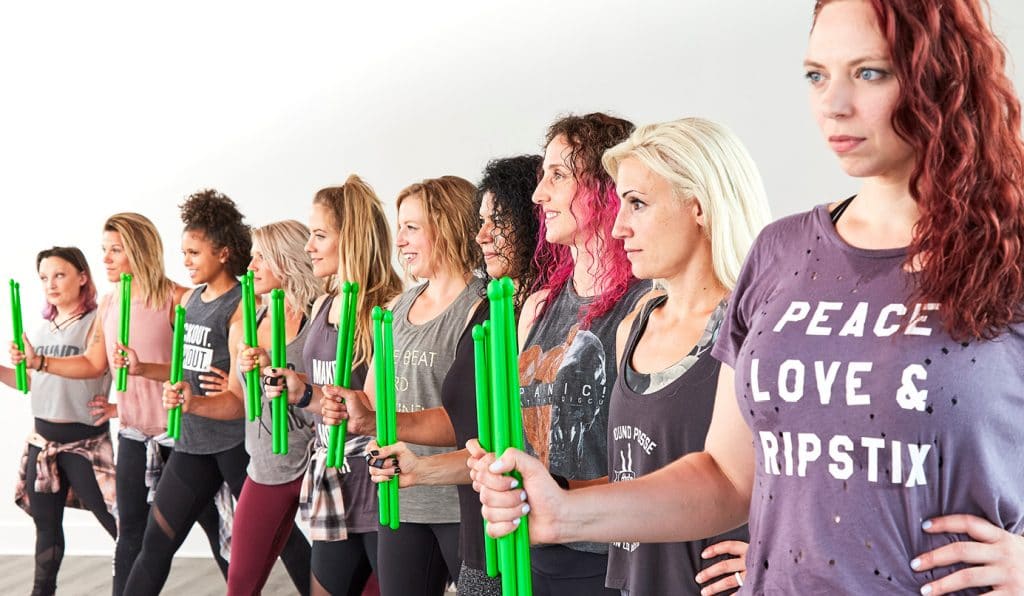1. Lifetime Risk
Breast cancer will affect 1 in 8 women. This means, your best friend, sister, mother, cousin or co-worker could be diagnosed with breast cancer. This number was shocking for us as an office of all women, but instead of holding on to that fear we felt empowered to want to learn more. The way we see it, the more we know, the better prepared we can be in preventing breast cancer!
2. Know Your Personal Risk
Not all women face the same odds when it comes to breast cancer. Most women are considered to be at average risk, but women with close relatives (like a mother, sister or aunt) who have developed breast cancer are at a higher risk of also developing breast cancer. Furthermore, women who have undergone radiation treatment in their neck, chest or armpit, or women who have tested positive for the BRCA-1 and BRCA-2 gene are also considered at higher risk.
3. What to Look For
Regardless of your age or your level of risk, it’s important to understand what type of changes to look for in your breasts. After all, you know your body best. If you notice any of the following changes, it’s best to see a doctor right away:
- Lump in the breast
- Pulled in nipple
- Dimpling on the breast
- Abnormal discharge from the nipple
- Redness or rash on the breast
- Skin changes on the breast
4. When to Start Screening
Most women who are classified as ‘average risk’ will begin their breast screening appointments at age 40. This consists of a yearly mammogram and performing self-breast exams. Women who are high risk usually start breast screening at age 30 with a yearly mammogram and MRI—these two screening types alternate every 6 months.
5. Breast Imaging vs. Core-Needle Biopsy
As the most common cancer in women, it’s no surprise that the medical technology is constantly developing, but before hearing from Dr. Terando we didn’t know too much about the options available. There is 2-D mammography which is an older type of breast imaging that lays out a sequence of images. The 3-D tomography (also called tomo) is a more refined type of imaging that provides multiple images through the breast and helps capture smaller/earlier cancers. A core-needle biopsy, however, uses a core needle that is guided by an ultrasound to remove a tissue sample.
The key to breast cancer survival is early detection. It’s never too early to start performing self-breast exams! We find it’s easiest to feel for lumps in the shower and do the self-checks in front of a mirror.To help make a difference in the fight against breast cancer, support USC’s Women’s Health Center as they aim to raise funds to purchase a new 3D tomography machine. A device used for better detecting dense breast tissue often found in a younger woman, as well as reducing the need for additional testing and return appointments, thus decreasing the amount of stress patients experience.


One Response
???